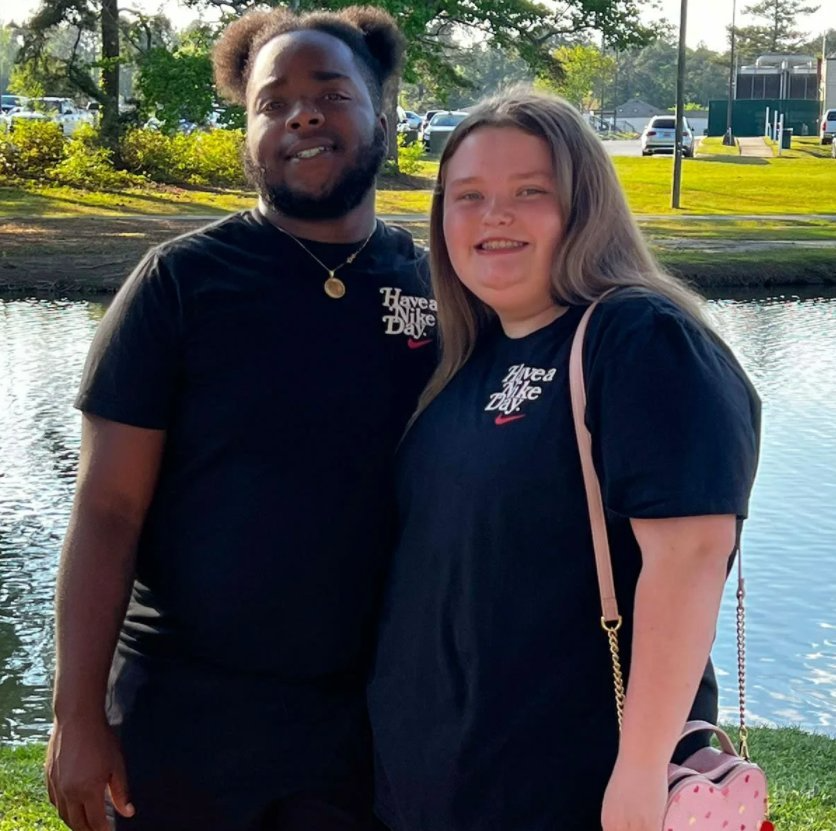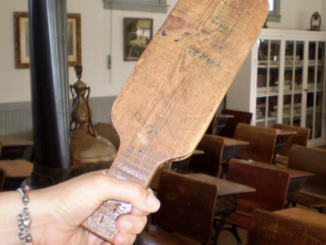Most of us react the same way when we see a bug in our house—either squish it immediately or grab something to toss it outside. But what if I told you there’s one insect you should actually leave alone if you spot it in your home?
Meet the house centipede (Scutigera coleoptrata). With its long, spindly legs and lightning-fast movements, it might look like something straight out of a horror movie, but this little creature is one of the best natural pest controllers you can have in your home.
So before you reach for a shoe, let’s take a closer look at why you might want to let the house centipede stay.
What Is a House Centipede?

The house centipede is a harmless yet incredibly effective predator that preys on many of the insects we actually don’t want inside our homes. These include:
- Spiders
- Cockroaches
- Termites
- Ants
- Bedbugs
- Silverfish
- Flies
Unlike most centipedes that prefer outdoor environments, house centipedes thrive indoors and tend to stick to damp, dark places like basements, bathrooms, and attics.
Now, I get it—these guys don’t exactly win any beauty contests. But trust me, once you understand how beneficial they are, you’ll think twice before killing one.
Why You Should Never Kill a House Centipede
1. They Are Natural Pest Exterminators
House centipedes are nature’s built-in pest control. Instead of using harmful chemicals or expensive exterminators, these little guys hunt down and eliminate unwanted pests for you.
Video : House Centipedes – What you need to know!
How do they do it? Their speed and venomous legs make them expert hunters. They don’t build webs or traps—they actively go after their prey, ensuring that other insects don’t stand a chance.
2. They Are Completely Harmless to Humans
Let’s clear up a common misconception—house centipedes are not dangerous to people.
Yes, they have venom, but it is only used to paralyze their prey. Their venom is too weak to affect humans, and they rarely bite. Even if they do, the worst you might feel is something similar to a mild bee sting.
That being said, house centipedes prefer to run away rather than confront humans. They don’t want anything to do with us; they just want to feast on the insects that invade our space.
3. They Keep Other Bugs in Check
Think of house centipedes as your personal insect bodyguards.
By keeping populations of cockroaches, termites, and other pests low, they actually help maintain balance inside your home. If you start seeing more house centipedes, it might actually be a sign that you already have a pest problem—and they’re just trying to help.
4. They Don’t Damage Your Home
Unlike termites or carpenter ants, house centipedes do not chew on wood, fabrics, or food. They have no interest in anything other than hunting insects. So unlike some other house pests, they’re not going to cause structural damage or ruin your belongings.
Where Do House Centipedes Hide?

If you’re wondering why you don’t see house centipedes often, it’s because they prefer to stay hidden in dark, humid areas. They typically hide in:
- Basements
- Bathrooms
- Under sinks
- Attics
- Closets
- Behind furniture
If you see one running across your floor, chances are it was just out hunting for food and not trying to invade your space.
How to Make Your Home More Centipede-Friendly (Without Letting Them Take Over)
Want to let house centipedes do their pest control job without feeling like you’re living in a bug-infested horror movie? Here’s how to coexist peacefully with these helpful critters:
1. Avoid Using Insect Sprays
Most commercial bug sprays will kill house centipedes along with other pests. If you’re serious about keeping them around for pest control, skip the sprays and opt for more natural solutions to deal with problem insects.
2. Reduce Moisture in Your Home
House centipedes love humid environments. If you have damp areas like basements or bathrooms, using a dehumidifier can help reduce their numbers without eliminating them completely.
Video : Just me holding a House Centipede
3. Seal Up Entry Points for Other Bugs
If you’re noticing a lot of centipedes, it could be a sign that other bugs are getting into your home too. Seal up cracks, fix leaky pipes, and eliminate other pests so your centipede population doesn’t get out of control.
4. Relocate Them If You Must
Not comfortable sharing your home with them? Instead of killing them, try catching them in a jar and relocating them outside. Just remember, without them, you might start seeing more of the insects they usually eat!
Final Thoughts: The Next Time You See One, Let It Live!
House centipedes might look creepy, but they’re actually one of the best insects you can have inside your home. They eliminate other pests, don’t bite unless provoked, and won’t damage your house.
So the next time you see one, resist the urge to squish it! Instead, think of it as your personal pest control agent, quietly working behind the scenes to keep your home bug-free.
What do you think? Would you let a house centipede stay in your home, or would you still get rid of it? Let us know in the comments!
10 years after the fame: how has changed the life of the beautiful girl Honey Boo Boo after winning the beauty contest

When this little girl appeared on the TV screen, she captivated all viewers with her lively character and outstanding appearance. Honey Boo Boo delighted the audience at the beautiful children contest, where she took the main prize. There was no doubt that she would be the favorite. The audience was delighted with the child. Alana effectively posed for the camera, all her appearances caused a strong reaction from the public. And the coronation at this competition was only the beginning of her modeling and television career.

The little girl then started hosting her TV show ”Here Comes Honey Boo Boo”. From here came her nickname, which everyone remembered and liked. Growing up, the girl didn’t disappear from TV, at times she participated in various programs. But her real life was far from a happy fairy tale.

With her teenage period, it turned out that the beautiful girl was changing, and not for the better. Alana began to have difficulties with being overweight, and besides, there is a hereditary factor: her mother and sisters suffer from high obesity.

Alana is 17, she will soon graduate from school and go to study at a university as a doctor. Her dream is to work with babies, to be a nurse. She is still “starring as a star”, but her life plans surprise many immensely. And Alana also wants to be loved as a person, and not as a pop star Honey Boo Boo. For several years now, she has been asking everyone around her to address her by her real name and surname. In fact, she has no girlfriends and friends with whom she could talk heart to heart.

But not everything is so sad, the girl already has a fan. His name is Drelyn Carsville, he is four years older than Alana and supports her in everything. The girl feels joyful and happy, forgets about her problems being with him.

The girl is growing up and becomes wiser, and one can only rejoice about this, because not all star children were able to overcome this difficult period painlessly.



Leave a Reply